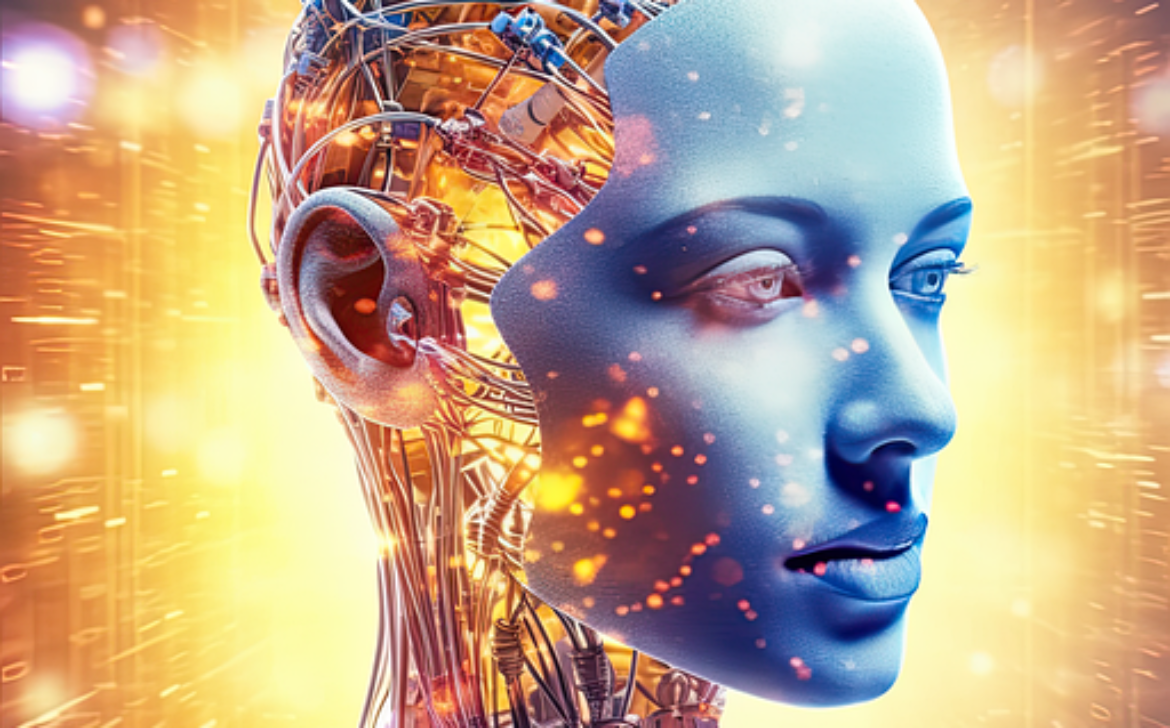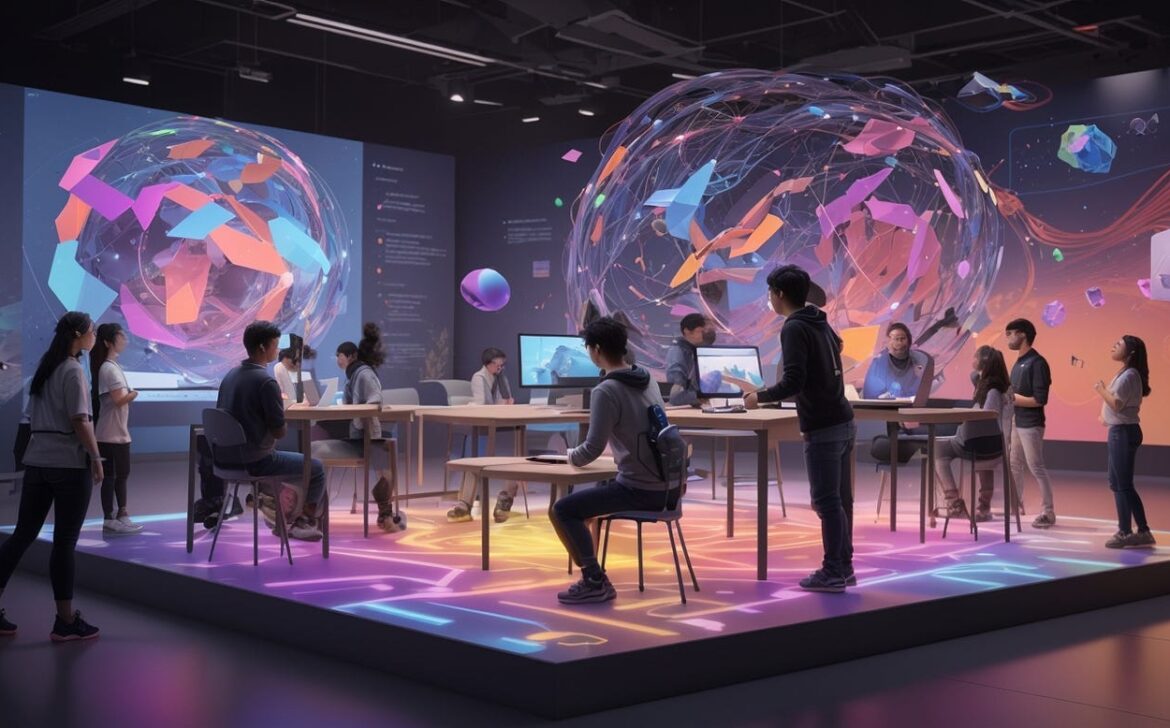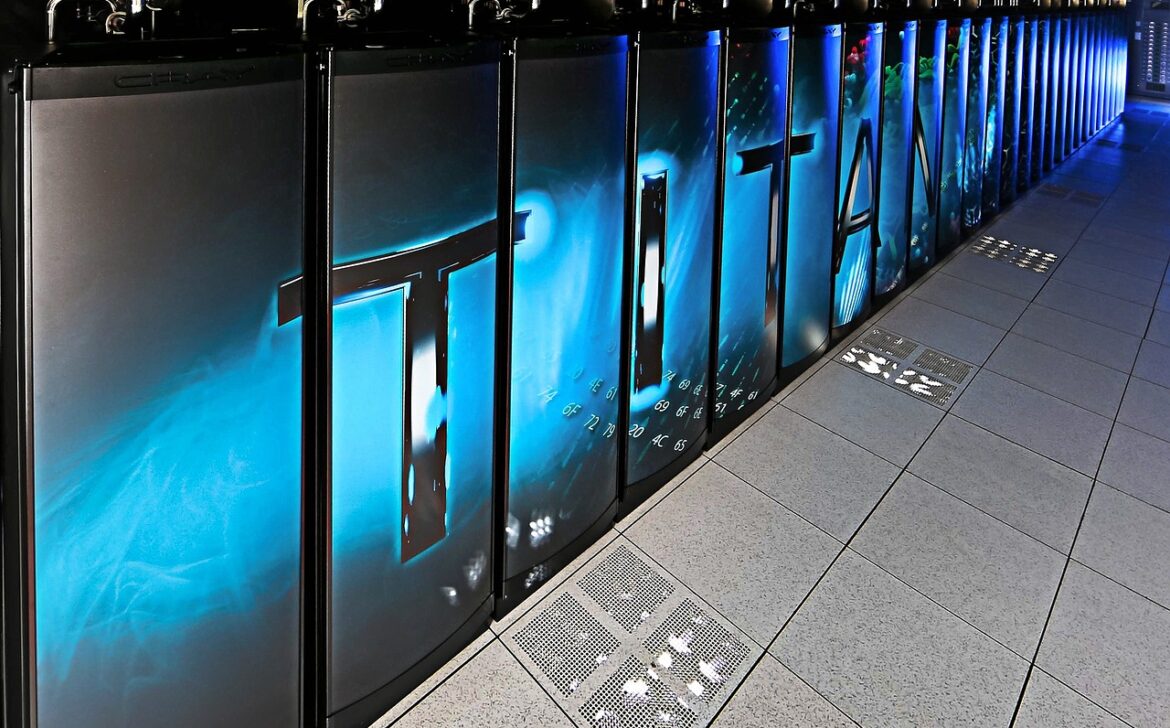Empowering Tech Creativity: Unveiling the Potential of Low-Code and No-Code AI

In the ever-evolving landscape of technology, Low-Code and No-Code development platforms have emerged as catalysts for innovation. These platforms offer the power of AI to individuals and businesses, regardless of their coding proficiency. Let’s dive into the transformative potential of Low-Code and No-Code AI solutions.
Understanding Low-Code and No-Code AI
Low-Code and No-Code platforms simplify the development process by providing pre-built components and visual interfaces. These platforms eliminate the need for extensive coding, making it easier for non-developers and developers alike to create functional applications, websites, and now, even AI-powered systems.
Unlocking Creativity and Accessibility
Traditional AI development often required specialized knowledge in machine learning and programming languages. Low-Code and No-Code AI democratize access to AI capabilities, allowing individuals with diverse backgrounds to contribute their ideas and create intelligent applications, from chatbots to predictive analytics tools.
Rapid Prototyping and Innovation
With Low-Code and No-Code AI platforms, rapid prototyping becomes a reality. Businesses can quickly experiment with AI concepts and refine solutions based on real-time feedback. This agility drives innovation, reduces time-to-market, and accelerates the adoption of AI-driven tools and services.
Automating Repetitive Tasks
Automation is a cornerstone of Low-Code and No-Code AI. Users can design workflows and processes that incorporate AI capabilities, automating repetitive tasks and decision-making. This empowers teams to focus on higher-value tasks and creative problem-solving.
Challenges and Limitations
While Low-Code and No-Code AI platforms offer numerous benefits, they also have limitations. Complex AI applications may still require custom coding to achieve specific functionalities. Additionally, users must be mindful of the platform’s capabilities and potential performance constraints.
The Evolution of AI Development
Low-Code and No-Code AI platforms are evolving rapidly. With the integration of AI capabilities, users can now create intelligent applications that leverage natural language processing, image recognition, and predictive analytics—all without diving into complex code.
The Future of AI Innovation
The future of AI innovation is bright with Low-Code and No-Code platforms at the forefront. These tools will continue to empower businesses and individuals to explore the boundaries of what’s possible with AI, fueling creativity and accelerating the adoption of intelligent technologies.





















